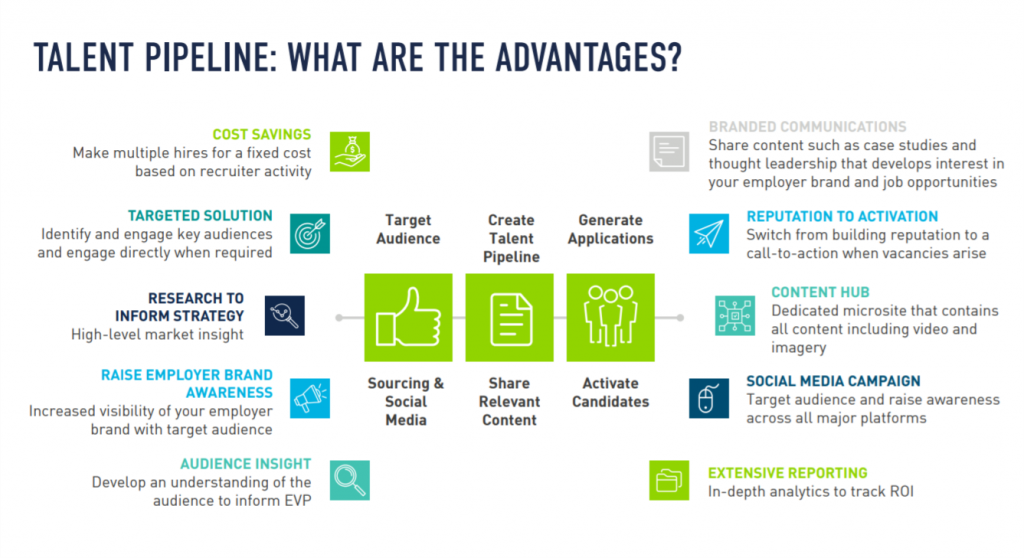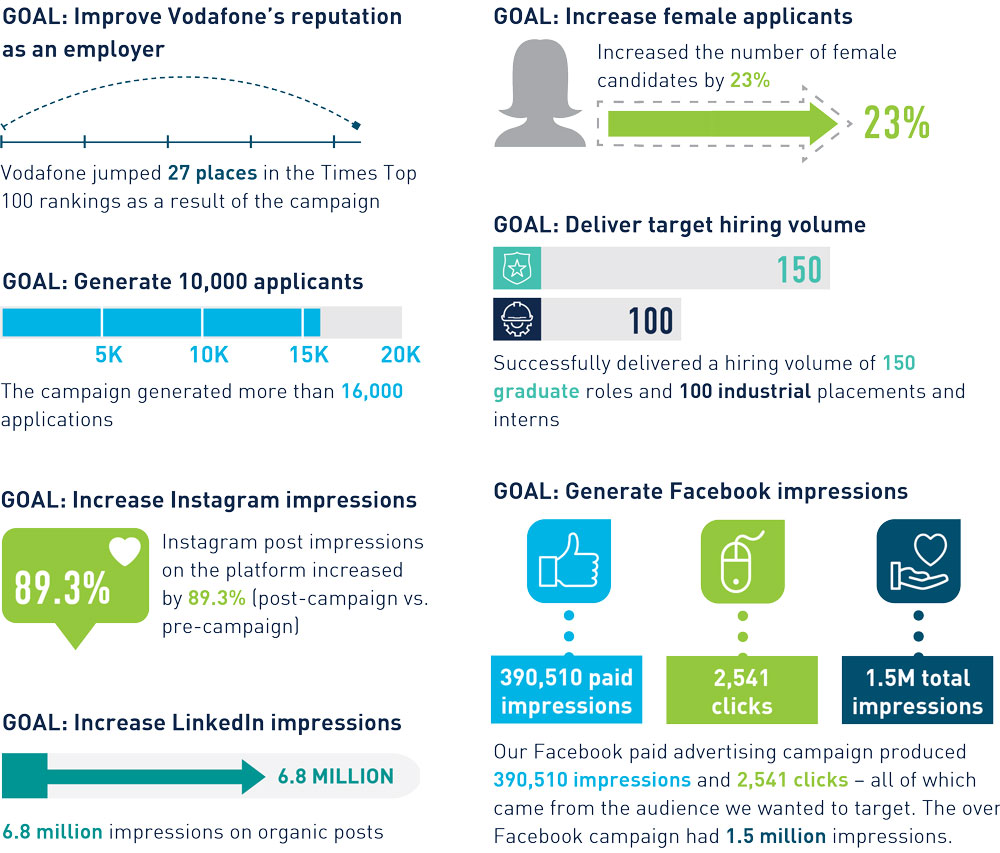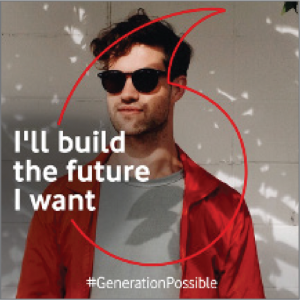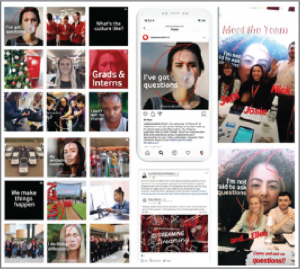In times of uncertainty, candidate communications can ease job seeker’s anxiety levels significantly when employers are clear and concise about the hiring process instead of sending candidates heading into the unknown. So, what does this mean in internal and external recruitment activity? In this article, we cover how a hybrid hiring strategy can bring stability to the hiring process and benefit candidate engagement in our uncertain job market.
Hybrid Hiring Strategy: The Basics
What is a Hybrid Hiring Strategy?
Hybrid hiring is a talent acquisition strategy that allows employers to maximise the advantages of in-person and virtual recruiting practices. A hybrid hiring strategy allows organisations to leverage the advantages of virtual hiring when it makes sense, while also using strategic, in-person techniques to add value and a human touch to the candidate experience.
Hybrid hiring strategies are not new; many employers deployed a mix of virtual and in-person techniques prior to the pandemic. However, COVID-19 has accelerated the need for safer, more efficient interviewing and hiring models, leading to greater adoption of virtual and hybrid strategies. Now, because employers have seen the advantages of virtual recruiting, the benefits of a hybrid model have become clear. Depending on the type of role you’re hiring for, having a strong hybrid hiring model in place makes it easy to recruit staff 100% virtually if and when it’s needed, or with a blended approach.
Leveraging Hybrid Hiring Strategies
For some, the pandemic has accelerated their organisation’s growth strategies and driven significant hiring volume increases. For others the pandemic has necessitated a deep dive into the most effective way of recruiting in a post-pandemic world – effectively looking under the hood and fine-tuning whilst the engine is stopped.
To ensure your organisation is well-positioned to capitalise on new talent opportunities, consider bouncing back with a smartly deployed hybrid approach to recruiting. Your hybrid hiring strategy will depend on your organisation’s recruiting needs and what your potential workforce will look like on the other side of the recovery.
If some or all of your employees will work remote, it would make sense to complete the entire recruiting process virtually. As an in-person interview or office tour would waste time and money or may lead to a poor candidate experience. Instead, hiring for talent for these roles completely virtually, and providing opportunities for human interaction and cultural engagement along the way, can help candidates feel like they know what it will be like to work remotely for your organisation.
The Inside Scoop on Hybrid Hiring
PeopleScout met recently with a group of talent leaders for a highly interactive and conversational 60 minutes during which great expertise was shared by talent professionals working within some of the most challenging business sectors.
All agreed that the journey towards greater use of technology in recruiting had been accelerated as a result of the pandemic and that it had yielded positive outcomes. There is no going back, and a mix of technology-enabled in-person and virtual activities is here to stay. A number of examples of technology delivering efficiency and high-value experiences were shared. We also heard about the need to adapt your hiring approach and process relative to factors such as job category, early career versus experienced hire, and geography.
Workforce dynamics was also discussed, and it was interesting to note a shift towards greater internal mobility through the pandemic. However, there was strong agreement on the need to continue to bring in external talent for a variety of reasons, including the need to drive forward diversity and inclusion.
The need to scale and flex to meet unexpected demand is clearly an imperative, and the panel shared their views on how to build this into a delivery model. There were some valuable insights shared around partnering with RPO providers, including how to determine what to outsource, how to select the right partner and how to build out the business case.
Again, a few innovative approaches on how to do this in a hybrid hiring environment were shared. Clearly, recruiters lie at the heart of this and play a critical role in providing clear cultural insight to potential hires. The audience chat also threw up some interesting points around tax implications of hiring anywhere as well as adapting probation period policies for the new world of work.












